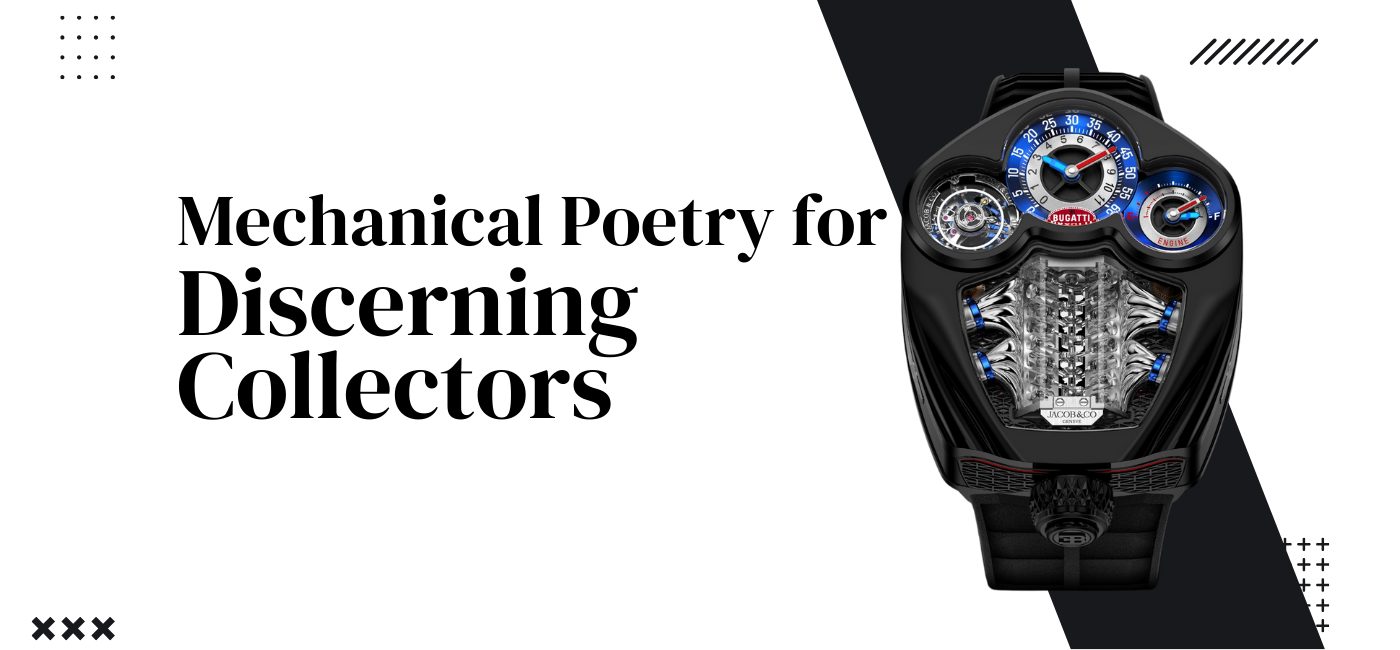
The domain of luxury timepieces stands as one of civilization’s most fascinating intersections of artistic expression, mechanical ingenuity, and cultural heritage. Far beyond mere instruments for timekeeping, fine watches represent horological achievements that celebrate humanity’s complex relationship with time itself.
At the heart of every luxury timepiece beats its movement—the intricate mechanical ecosystem that powers its functions. Traditional mechanical movements may contain hundreds of components, each finished to extraordinary standards of precision. A single wheel within a high-end caliber might undergo up to 40 distinct finishing operations, many performed entirely by hand using techniques unchanged for centuries. Houses like Patek Philippe, Audemars Piguet, and Vacheron Constantin create movements that achieve both technical excellence and aesthetic beauty, with components that are polished, beveled, and decorated even when hidden from view—a testament to the watchmaker’s philosophical commitment to perfection regardless of visibility.
The complications found in luxury watches represent remarkable feats of mechanical problem-solving. Consider the perpetual calendar, which accurately tracks months of different lengths and even leap years until the year 2100 without adjustment. Or the minute repeater, which transforms time into sound through a series of precisely tuned gongs and hammers—mechanisms so complex that a single master watchmaker might complete only a handful in their entire career. The tourbillon, originally developed to counteract gravity’s effects on pocket watch accuracy, continues as a celebration of watchmaking virtuosity, with modern interpretations featuring multiple axes of rotation or unconventional materials that push the boundaries of mechanical possibility.















